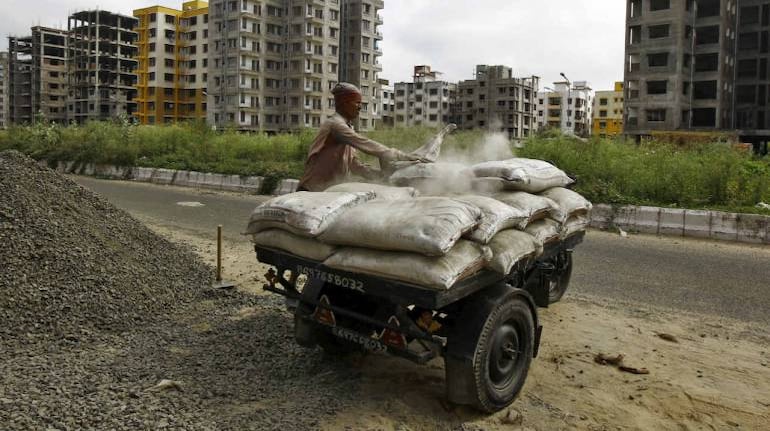



While the COVID-19 pandemic and the ensuing pan-India lockdown disrupting the infrastructure and housing projects adversely impacted the volumes of cement manufacturers in the beginning of the fiscal, the demand from the rural markets was the major driver for cement in the current fiscal year. The continued focus of the government is expected on the rural economy in the budget through significant budgetary allocation for the agriculture sector besides increasing allocations towards rural employment, housing as well as infrastructure development.
Housing accounts for around 65-70 percent of the cement demand, including the low cost/affordable housing. Given the significant contribution of the real estate and construction sector to the overall economic activity, the housing sector will be looking forward to Budget announcements that can help recovery in the sector and remove supply side constraints faced by developers. Affordability of housing projects had been one of the major constraints for demand in recent years. Select states have in the recent past provided time-bound incentives such as relaxation in stamp duty on housing purchase, reduced premiums for the developers among others. And the budget could consider further steps to improve affordability, including expansion of the current income tax benefits available for home owners, especially first-time buyers.
In the affordable housing segment, recently, an additional outlay of Rs 18,000 crore for PMAY-Urban, is expected to aid in grounding 12 lakh houses and completing 18 lakh houses, as part of the Atmanirbhar Bharat 3.0 package. Further, the spending on the flagship scheme of the Government for achieving its “Housing for All” target is expected to be enhanced to improve the access to housing in the low to mid income segments of the population. These expected measures in the budget would boost the cement demand.
On the infrastructure side, which accounts for 20-23 percent of the cement demand, to keep the National Infrastructure Pipeline (NIP) on track, it is expected that the Union Budget will significantly increase the capital outlay towards infrastructure. As per the NIP, infrastructure investment of over Rs 111 lakh crore is envisaged between FY2020 and FY2025.
Recently, there has been a pick-up in the road projects awarding and construction and pace of metro projects, and awarding of high-speed rails in the infrastructure space is likely to boost cement demand. As per the NIP, infrastructure investment in FY2022 is projected at Rs. 21.3 lakh crore – which is nearly double the pace of infrastructure investment achieved in last few years. The Centre’s share is estimated at around 39 percent, which would mean a capital outlay of Rs 8.4 lakh crore. A major part of this capital outlay is expected to be budgeted towards transportation infrastructure i.e. roads, railways, etc. Dedicated allocations for specified large infrastructure projects announced such as Bharatmala, Sagarmala, Smart Cities and Inland Waterways Development are also likely to be made to expedite these projects.
With respect to infrastructure project financing, the National Investment and Infrastructure Fund (NIIF) can play a big role in channelising long-term funds – both debt and equity - to the infrastructure sector. Hence, higher allocation is expected towards NIIF in the upcoming budget and more active participation in infrastructure investment over the medium term.
Discover the latest Business News, Sensex, and Nifty updates. Obtain Personal Finance insights, tax queries, and expert opinions on Moneycontrol or download the Moneycontrol App to stay updated!
Find the best of Al News in one place, specially curated for you every weekend.
Stay on top of the latest tech trends and biggest startup news.